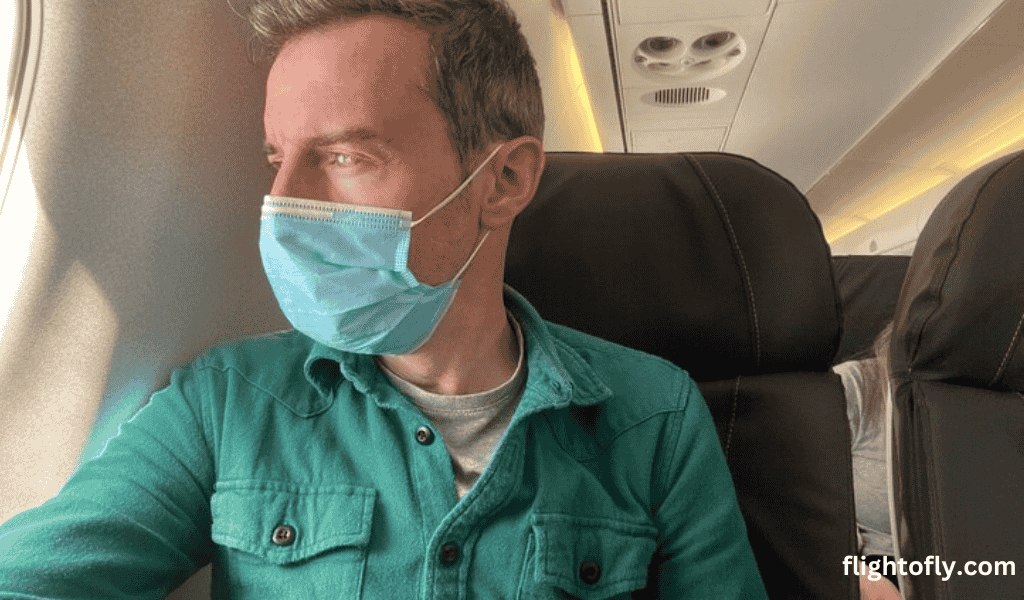
Can You Fly After a Sinus Surgery?
Yes, but only after getting clearance from your ENT specialist, typically 1 to 2 weeks post-surgery, depending on your recovery. Flying too soon can lead to pressure buildup, pain, bleeding, or infection due to changes in cabin pressure. If you’re planning a trip, it’s essential to understand the risks and timeline for safe air travel after sinus surgery. In this article, we’ll cover when it’s safe to fly, what precautions to take, and expert tips to protect your healing sinuses while traveling.
Check: Can You Be a Flight Attendant with a Felony?
Factors Influencing Recovery Time
Your ability to fly after sinus surgery depends on multiple factors. The type of procedure (e.g., endoscopic sinus surgery vs. balloon sinuplasty) determines recovery timelines. For example, minimally invasive techniques like balloon sinuplasty may allow earlier travel compared to complex surgeries. Individual healing speeds, pre-existing health conditions, and adherence to post-op care (e.g., saline rinses, rest) also matter. Surgeons typically evaluate the reduction of swelling, nasal stability, and the absence of complications before clearing patients for air travel.
General Guidelines for Flying After Sinus Surgery
Most surgeons recommend waiting 7–14 days before flying, but this varies. For instance:
- Endoscopic Sinus Surgery: Wait 10–14 days to allow for initial healing and reduce the risk of bleeding.
- Balloon Sinuplasty: Shorter recovery (7–10 days) due to less tissue disruption.
- Septoplasty or Turbinate Reduction: Avoid flights for 2–3 weeks to prevent pressure-related complications.
Always consult your surgeon, as they may adjust timelines based on your progress. For example, if nasal packing is removed early and swelling subsides, air travel might be approved sooner.
Risks of Flying Too Soon
Ignoring recovery timelines can lead to serious issues:
- Increased Swelling/Bruising: Cabin pressure changes during takeoff/landing can worsen nasal inflammation, delaying healing.
- Nosebleeds: Dry cabin air and pressure shifts may rupture delicate healing tissues.
- Infection Risk: Recirculated airplane air exposes nasal passages to germs, raising infection risks if immunity is compromised.
- Pain/Discomfort: Congestion from pressure changes can cause headaches or sinus pain mid-flight.
- Delayed Healing: Physical strain (e.g., lifting luggage) or dehydration during travel can slow recovery.

Tips for Safe Air Travel Post-Surgery
If cleared to fly, follow these steps to minimize risks:
- Consult Your Surgeon: Obtain a “fit-to-fly” certificate if traveling internationally, as some airlines require medical clearance.
- Use Saline Sprays/Nasal Decongestants: Keep nasal passages moist and reduce pressure-related discomfort.
- Stay Hydrated: Drink water frequently to counteract dry cabin air and prevent mucus thickening.
- Avoid Heavy Lifting: Ask for assistance with luggage to prevent straining nasal tissues.
- Inform the Airline: Notify the crew about recent surgery; they may offer priority boarding or extra support.
What to Do During the Flight
Manage in-flight comfort with these strategies:
- Chew Gum or Yawn: Equalize ear/nasal pressure during ascent and descent.
- Apply a Cold Pack: Reduce swelling if discomfort arises.
- Avoid Alcohol/Caffeine: These dehydrate the body, worsening nasal dryness.
- Walk Periodically: Promote circulation and reduce blood clot risks.
- Use a Travel Pillow: Support your head to avoid pressure on the nose.
Conclusion
Patience is key when planning air travel after sinus surgery. While the urge to resume normal activities is understandable, rushing the process can lead to setbacks. Always prioritize follow-up appointments with your surgeon and adhere to their tailored advice. By waiting 7–14 days (or longer for complex procedures), staying hydrated, and managing cabin pressure effects, you’ll protect your surgical results and enjoy a smoother journey. Safe travels!
FAQs:
1. Can I Fly 3 Days After Sinus Surgery?
No. The first week is critical for healing, and flying within 3–7 days risks severe complications like bleeding or infection.
2. How Does Cabin Pressure Affect Healing?
Pressure changes can strain nasal tissues, increasing swelling or reopening wounds. Use decongestants pre-flight to mitigate this.
3. What If I Experience a Nosebleed Mid-Flight?
Stay calm, tilt your head forward, and apply gentle pressure to the nostrils. Use a saline spray or ice pack, and inform the crew for assistance.
4. When Can I Resume Long-Haul Flights?
Wait 4–6 weeks for flights over 4 hours, as prolonged immobility raises blood clot risks.
5. Are There Alternatives to Flying?
Consider road or rail travel for shorter trips, as these allow better control over movement and hydration.
All Categories
Recent Posts
How Long Is the Flight from LAX to Tokyo?
Atlanta to New York Cheap Flights, Airlines, Prices & Travel Tips 2025
How Long is the Flight from the UK to Turkey?
Tags





